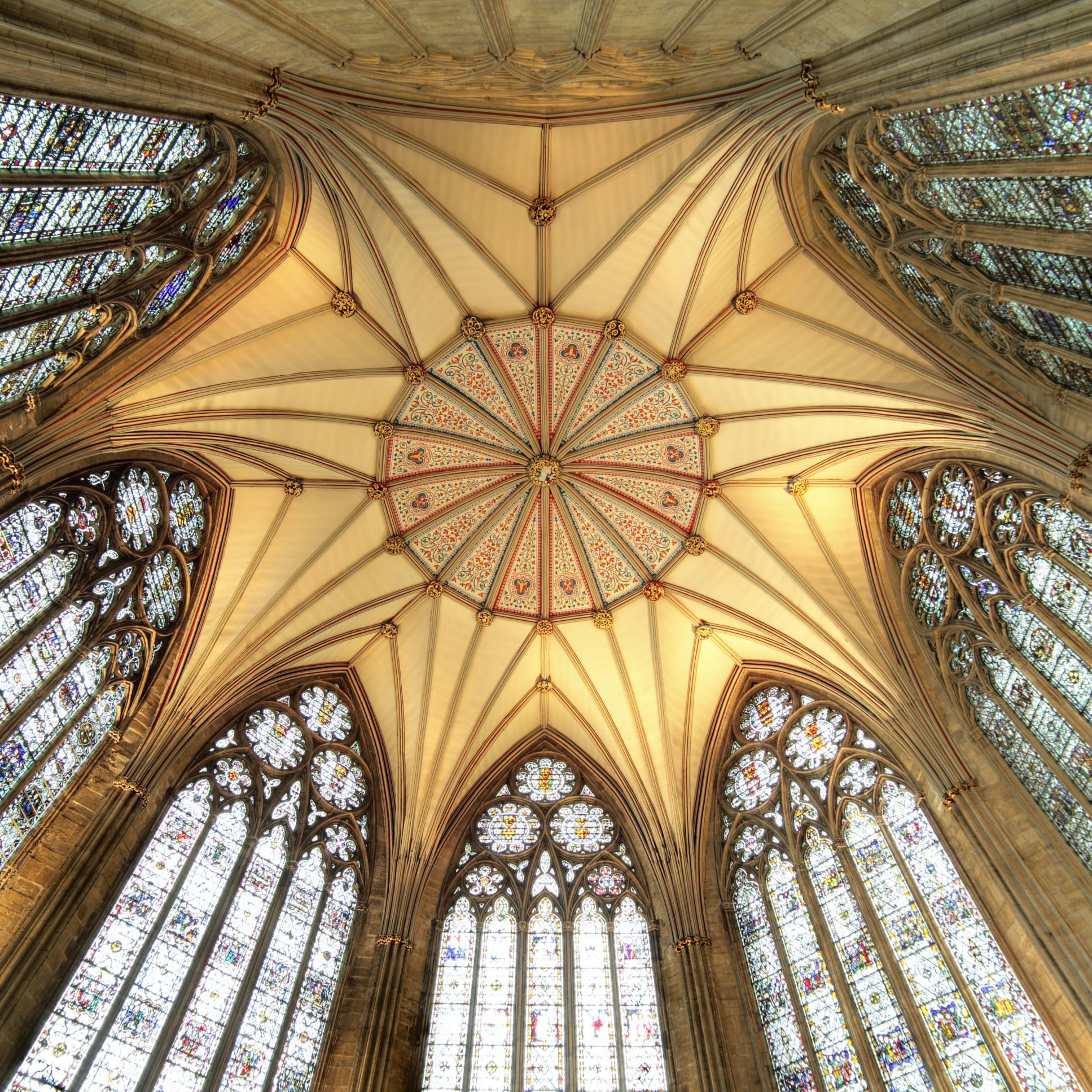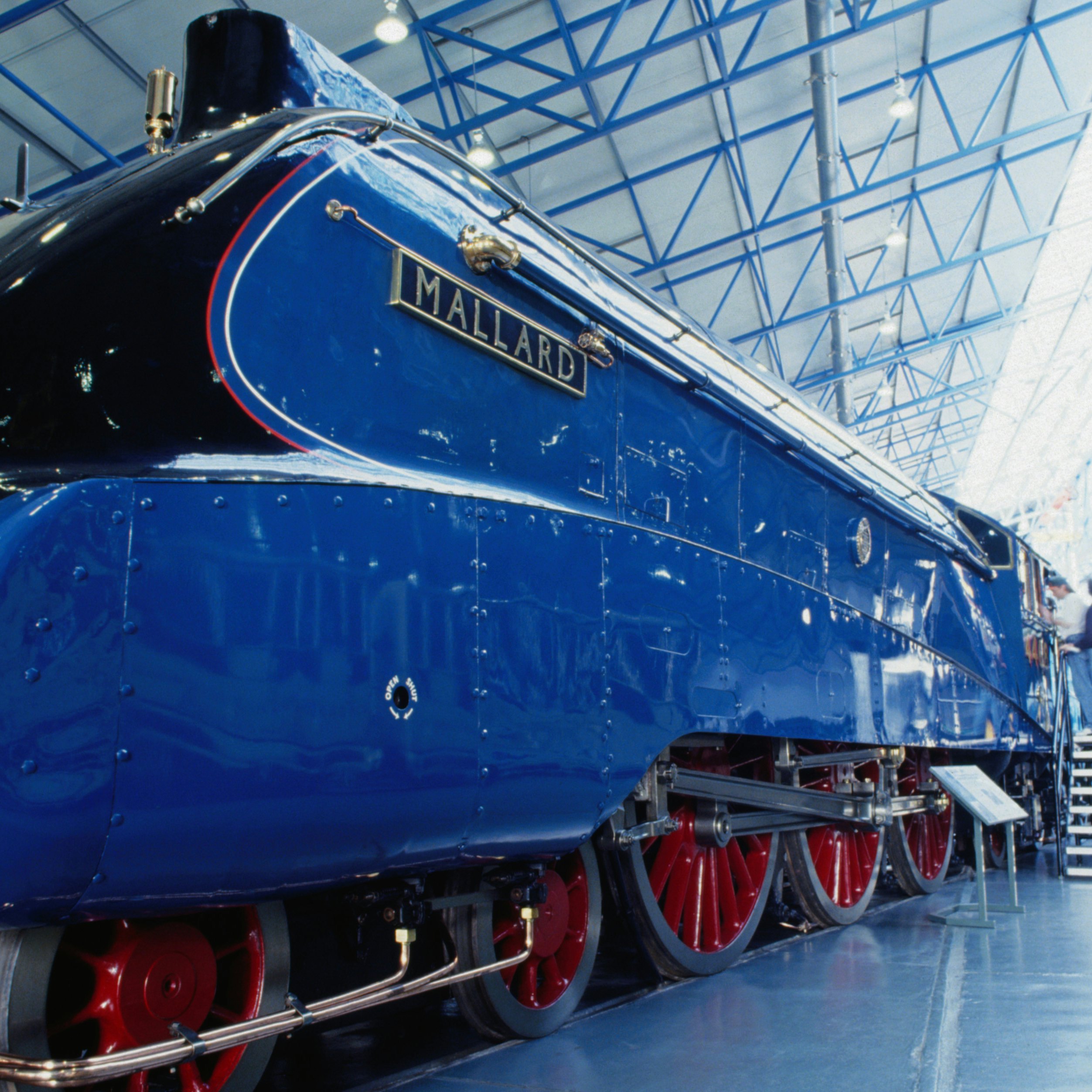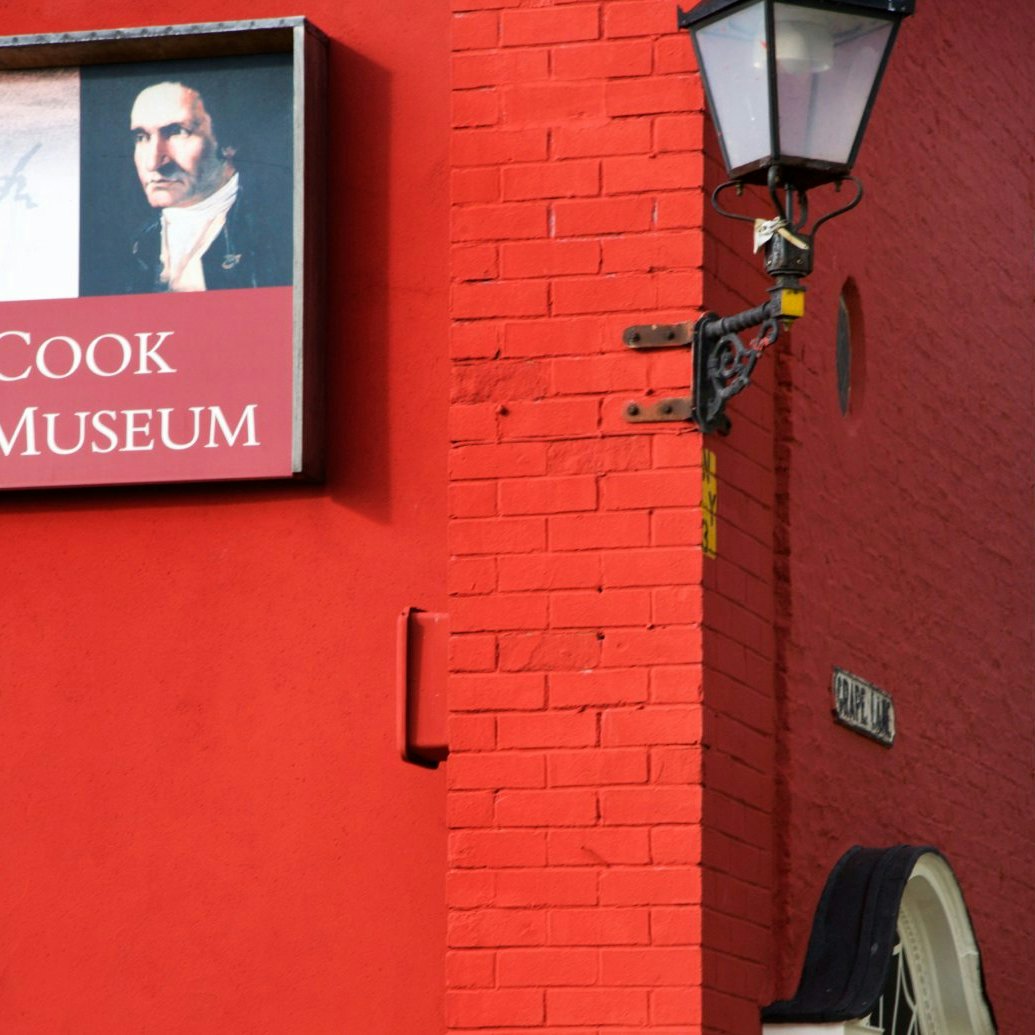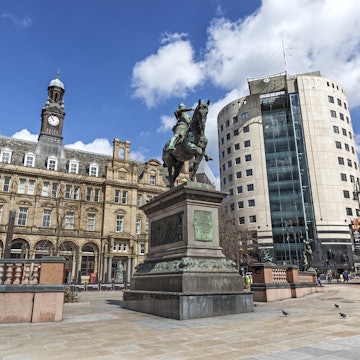
Overview
With a population as big as Scotland's and an area half the size of Belgium, Yorkshire is almost a country in itself. It has its own flag, its own dialect and its own celebration, Yorkshire Day (1 August).
Leave the planning to a local expert
Experience the real Yorkshire. Let a local expert handle the planning for you.
Must-see attractions
Planning Tools
Expert guidance to help you plan your trip
Best Things to Do
Yorkshire is awash with scenic landscapes, historic architecture and agreeable country pubs. Here are the top things to do in God’s Own County.
Read full article
Get a book. Get inspired. Get exploring.
in partnership with getyourguide





















